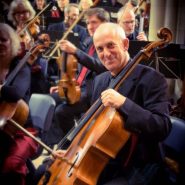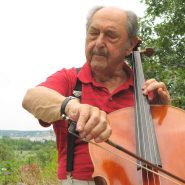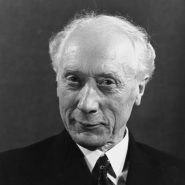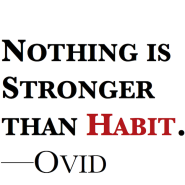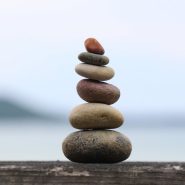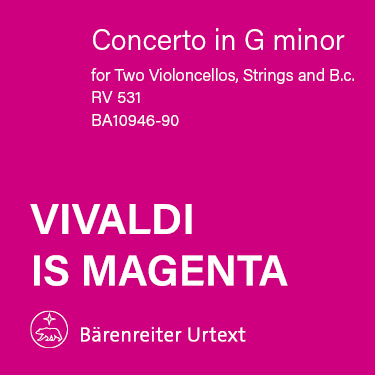Search Results for: selma
Blog
By Selma Gokcen October 29, 2021
Subjects Interviews
By Selma Gokcen January 21, 2016
By Selma Gokcen May 19, 2015
Subjects Playing Healthy, Practicing
By Selma Gokcen February 5, 2015
Subjects Playing Healthy
By Selma Gokcen May 6, 2014
Subjects Playing Healthy
By Selma Gokcen March 10, 2014
Subjects Playing Healthy
Tags accuracy, activity, Alexander Technique, cello, cellobello, conditioning, conservatory, Coordination, delivery, F.M. Alexander, Gokcen, habit, hours of practicing, necessity, Practice Room, Primary Control, relentless repetitive motions, repetition, results, Selma, the Use of the Self, young instrumentalists
By Selma Gokcen January 20, 2014
Subjects Playing Healthy
Tags Alexander Technique, attention, available energy, creative, daily practice, deeper understand, effort, Einstein, flexible, free state of alertness, full attention, Gokcen, impressions, listening intently, living in question, Mind, motivation, partial attention, Patrick Macdonald, paying attention, refined skills, refining skills, releasing excessive tension, Selma, sensations, Theory of Everything, unanswerable questions, wasted energy
By Selma Gokcen November 26, 2013
Subjects Playing Healthy
Tags accuracy, act, Alexander Technique, attention, Awareness, back, blog, cello, cello playing, cellobello, detect your intention, discovery, distress, effect, effect on cello playing, effortless quality, experiment, familiar, fingers, Gokcen, Habits, head to toe, holding, motion, neck, neuromuscular system, our surroundings, overdoing, pack up our habits, position of rest, Preparation, response, response to life, Selma, sitting, solution, standing, successful functioning in daily activities, support, tension, the preparation phase of movement, well-practiced
By Selma Gokcen October 17, 2013
Subjects Playing Healthy
Tags acrobatics, Alexander Technique, ankle, arms, cello, cello playing, cellobello, elbow, firm, foot, freedom of movement, Glenohumeral Joint, Gokcen, heavy lifting, hip, hunched shoulders, joints, knee, legs, Lumbar spine, mobility, muscles, pelvic structures, principles of stability and mobility, relationships, Scapula, Selma, shifting, shoulder girdle, Spine, stability, stable back, strong, Thoracic Spine, weight
By Selma Gokcen June 16, 2013
Subjects Playing Healthy
Tags about thumbs, advances, Arizona State University, brain, brain space, cello, cellobello, Changes in the ligament, Chimps and monkeys, closed fist position, conform the thumb, dexterity, discussion, Gokcen, grasp, highest levels, index finger, language, manipulate tools, Mary Marzke, middle finger, modern humans, modified design, neck of the cello, opening and closing the hand, palm, physical anthropologist, playing a musical instrument, potential, primates, professor, Selma, skill, talent, Thumbs, variation
By Selma Gokcen April 18, 2013
Subjects Playing Healthy
Tags abdominal muscles, affect, Alexander principle, Alexander Technique, attention, automatic process, breathing, breathing apparatus, breathing free, cello, cello pressing on chest, cellobello, chest cavity, conditions, correct position, divine influence, downward force of gravity, drink, efficient breathing, energy, enlivening, enter and depart life, exalting emotion, exercise, exhale, existing tension, expiration, food, freedom, freedom of the thorax and ribs, gases, Gokcen, gravity, guide, health, inspire, lungs, muscles, muscles relax, re-education, reducing air pressure, Selma, sequence, shift weight, straining for breath, touch, use affects function
By Selma Gokcen May 7, 2012
Subjects Playing Healthy
By Selma Gokcen April 23, 2012
Subjects Playing Healthy
Tags Alexander Technique, anxiety, body, Casals, cello, cellobello, expression, Gokcen, movement, music, musicians, power, quietness, Selma, Spine
By Selma Gokcen March 13, 2012
Subjects Playing Healthy
By Selma Gokcen July 9, 2011
Subjects Playing Healthy
